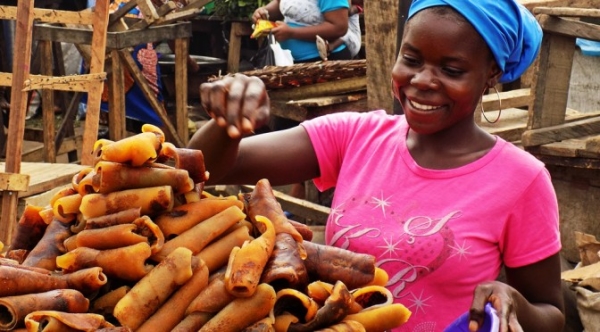
Local ponmo seller – Image credit matsecooks
I honestly can believe it’s already August. Where did my summer go? I have been so busy with the baby, blog , school and several projects that 24 hours just isn’t enough anymore. I wonder how people like Gordon Ramsay manage to balance it all.
So August is DIY month on 9jafoodie.com! Who is excited? We will feature recipe for things that you will typically buy premade. These are invaluable skills for times when you might not have access or when you feel safer with homemade products.
We are kicking things off with ponmo (cow skin). Ever wondered how ponmo is made? Ponmo is a much beloved part of Nigerian cuisine, it’s used extensively from popular stews like Ayamase and Buka stew, to soups like vegetable soup and Onugbu . There is just something about properly cooked ponmo that is magical. I especially love when it’s slow cooked in stew and the sauce find its way into the crevices of the ponmo and when you bite into it, the sauce oozes out of all corner (oh dear)
Take a moment to appreciate these ponmo perfection.
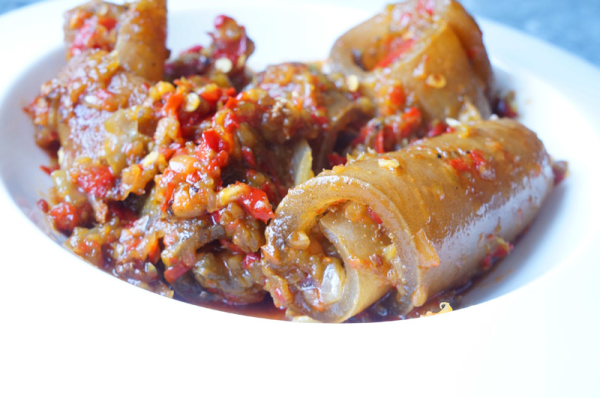
This post is specially dedicated to Nigerians in the diaspora. Most of us have taken to buying our meat from farms, but, we often don’t know how to get that ultimate local Nigeria pomo from the cow skin we get.
Now, you know how they say there is more than one way to skin a cat? Well, that is also true for ponmo. There are several ways to do it, but this is my favorite method for home cooks.
Ingredients:
Smoked cow skin (this is done to remove hair from the skin. it’s typically done at the farm or abattoir)
Procedure
- Start by cutting the cow skin into large pieces you can handle.
- Scrape off the back of the skin to remove dirt.
- Remove any excess meat that might be on the inside of the ponmo. Wash the ponmo under running water. Pat dry.
- Preheat oven to 400f and line an oven tray with some foil
- Place the ponmo pieces on the lined tray and place in the oven. Bake until pieces are curled and dried. (25-30 minutes) Locally , this step is done by open pit fire. the cleaned cow hide is thrown into burning flame and cooked until curled.
- Remove ponmo from the oven. Place curled pieces in a large pot and cover with water. (I used a pressure cooker). Cook for 30-45 minutes . Remove cooked ponmo from water and set aside to cool. Cut into smaller pieces.
Note: This is where I typically stop processing for the ponmo I use at home. however, you can choose to process further. Do note that the more your process the ponmo, the softer it becomes.
Alternatively: Process further
- Place a large pot on medium-high heat and fill with oil. Heat up oil. Place cooled ponmo pieces in oil and fry until crispy. Remove from oil and set aside.
- Place fried ponmo pieces in a large bowl, cover with water and allow to rehydrate overnight.
Ponmo is ready to use in your favorite soups and stews. Fried ponmo require less boiling time.
Note: The end color of your ponmo is determined by the color of the cow as well as scraping. black and white cow will typically produce white ponmo while brown cows produce brown ponmo.
Local sellers usually scrape the processed ponmo until the complete outer layer is removed .

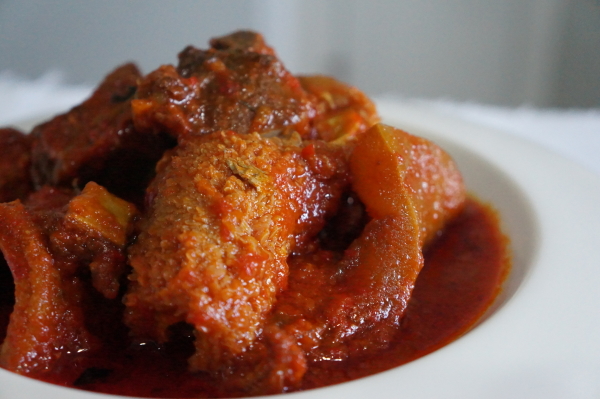
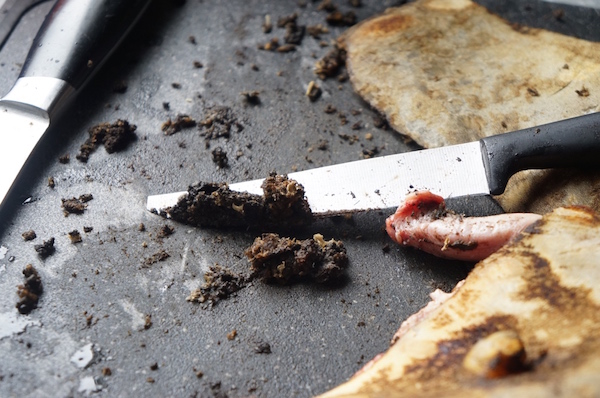
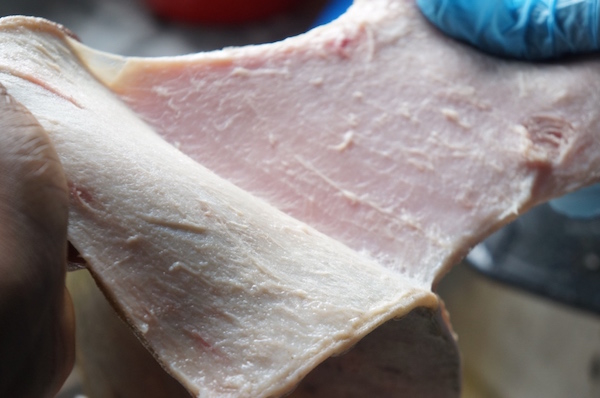
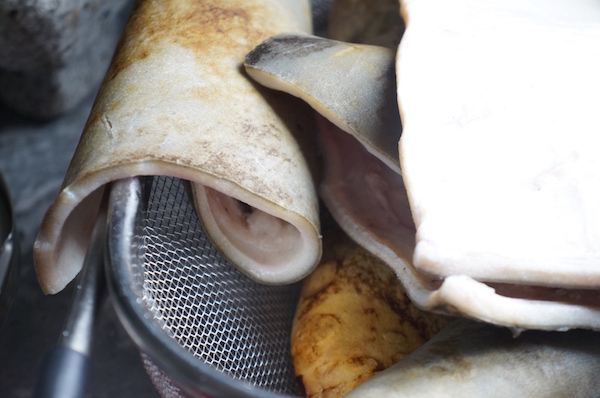
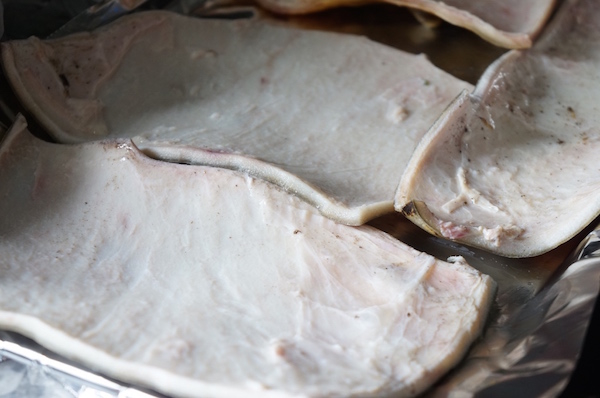
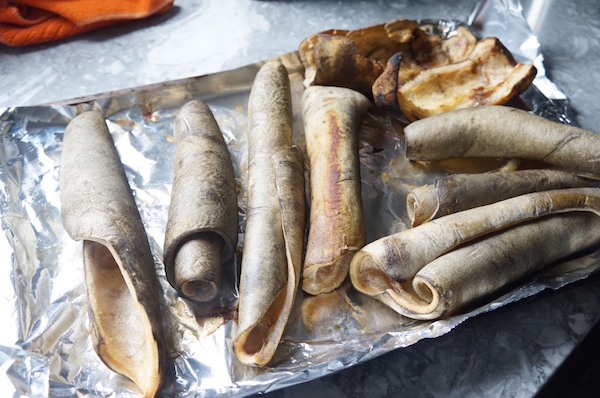
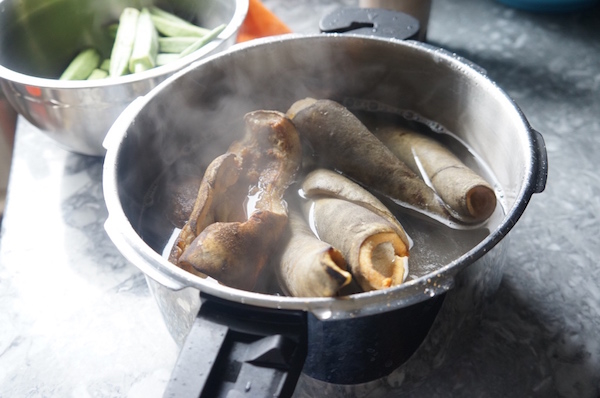
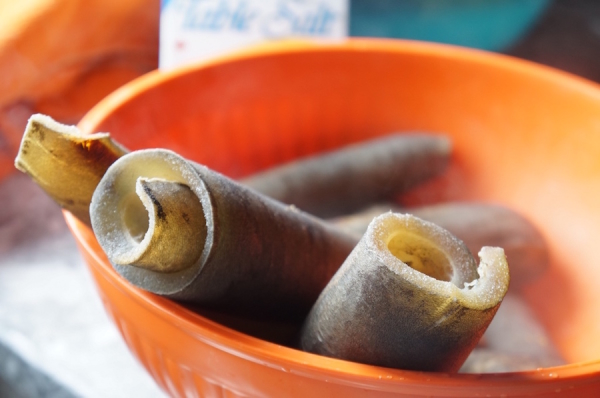
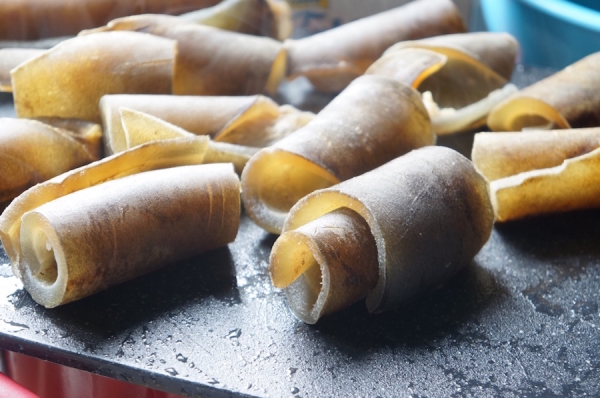
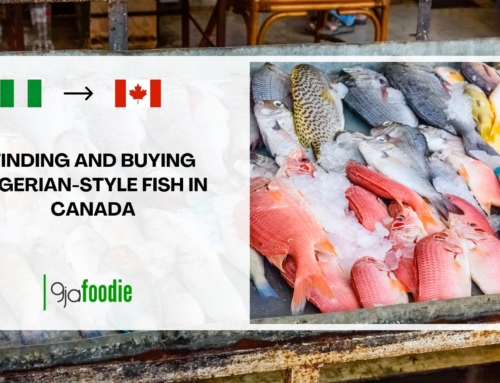
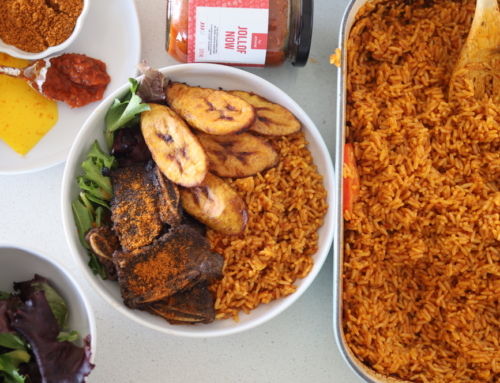
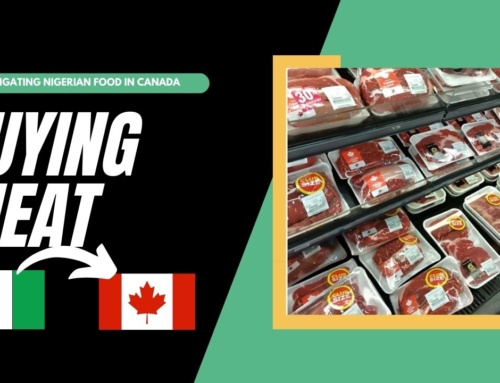

My name is ADEBIMPE am into sales of foodstuffs items like Ponmo ijebu, Panla-kika, catfish, contact via WhatsApp 08025152674.
hello are you looking for suppliers of Kanda ponmo. contact me +233593030913.
i am Sheriff Nnadozie .
Head of Operations @ Trademax import Sarl.
contact with me on all social media
SHERIFF NNADOZIE
check for Trademax import our product we of good quality and . good payment terms
How can I turn roasted white cow skin into fried and dried pomo for sale?
Thank you so much. Pls can the fried kpomo last and be used whenever You want to use it
It’s amazing my sister. I will really love to learn more. Yesterday here some one gave 2 cow skin without knowing what to do with them. Thanks
So cool that you don’t waste one bit of the cow. Awesome!
it is!
So I went to the butcher and asked for cow skin since they just throw it away and he gave me this big box of unburnt skin….. My husband tried to burn some on the stove we shall see what the end product is. Good description Ronke but you should add labour of love. The next time I visit anyone and they give me Ponmo I will appreciate it more
Hahhahahahahha… I honestly cant stop laughing.
Hmmm , you keep blowing my mind with details with which you describe your cooking method. Thanks so much for this blog, it’s my own personal cook book, when I’m at a loss of what to make for the family. Thank you so much.
Awww thanks for the kind words, happy cooking!
If you need well cleaned and hygienically packaged ponmo, please inbox me @ 08148142871. Waiting for your orders please!
with my baby, school, work and sewing…. I hope I can find time out to try this. BTW, pls what’s the best brand of stove top pressure cooker? Thank you
Brand is Tfal. Do keep us posted.
First and foremost, I want to thank you for the photo credit. It was very kind of you. Thank you.
When I was younger, my dad and a few friend would buy a cow and share it amongst themselves…that meant lots of meat in the freezer and work, work, work for us the kids.
As children we used to scrape the hair off the fresh cow hide with razor blades before cooking in water. It was a very tedious task we hated. Still hate it till date.
This very useful information, especially for those in diaspora.
God bless you Ronke. Like I say, I know you are a great wife and mother. An asset to your entire family and generations to come.
Mehn!! slave labor my dear. What I really hated doing was weaving intestines.. o my days. Now I relish those moments though.
Thank you for your blessings and prayers, I really appreciate it. I cant wait to visit your kitchen in Nigeria!!
Salivating :)
:)
Awesome diy..i need to try this once i find some skin
please do
?? wow! Thanks for this! Who knew it was this easy?
very easy